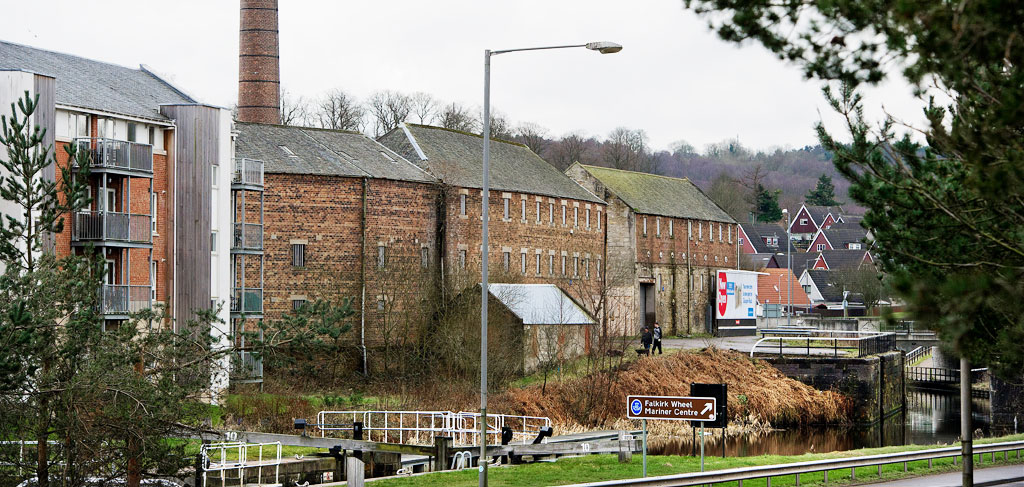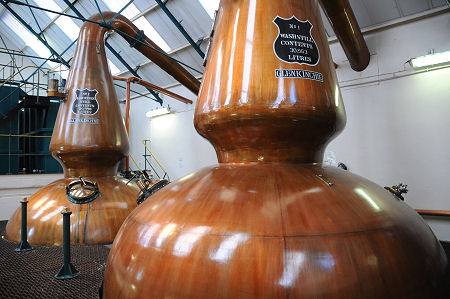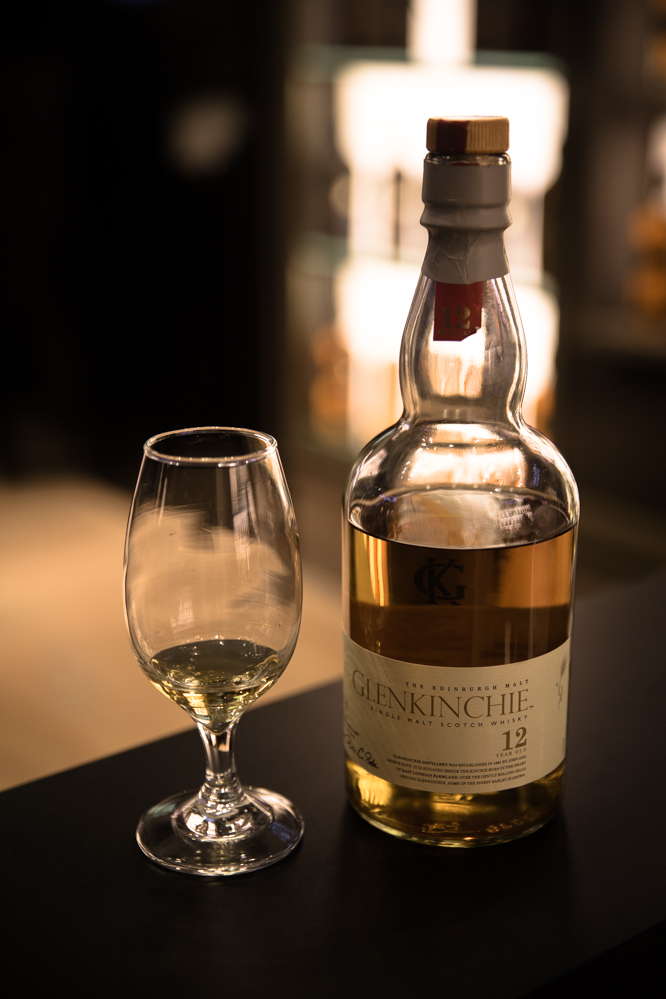If you’re an engineer or a meteorologist, you probably know the Chaos Theory. If you’re not, I’ll explain. The Chaos Theory suggests that in complex systems, where there are a large number of variables, the sensitivity makes a certain result unpredictable in the long term, due to action and repetition – although there is a recurrence of these variables.
If you don’t understand, let me give you an example of a simple object – the umbrella. Deciding whether or not to take an umbrella when you go out depends on many factors: the temperature, the amount of clouds in the sky, humidity in the air, among other things. Maybe you get it right, but you might be wrong and end up getting soaked, or even leave the stupid thing in a restaurant on a beautiful summer’s day. The truth is, it’s impossible to predict the weather with absolute certainty, because there are so many variables.
The Chaos Theory is not only used to explain meteorological phenomena. It can be applied to everything in our lives and whisky is no exception. A good example is the story of Glenkinchie and its late – now reborn – sister, Rosebank. When both were launched at the beginning of the eighteenth century, no one would ever have imagined that the euthanasia of one would be as pointless as its beauty. However, that is what happened.
Rosebank was founded in the mid-eighteenth century, just a few decades after its sister Glenkinchie. Both were in the Lowlands – but Roseland was in a relatively ugly place near the Forth & Clyde Canal. Years later, the water flow of the canal was interrupted due to the build-up of rubbish. Glenkinchie on the other hand is nowadays located in the Kinchie Burn Valley (hence the name Glen-Kinchie), a beautiful place, close to the, similarly beautiful, village of Pencaitland.

It turns out that in 1914, Rosebank, Glenkinchie and three of the region’s other distilleries decided to found a commercial group called the Scottish Malt Distillers. This group was purchased by the Distillers Company Ltd in 1919, which later became the giant, Diageo. Legend has it that the group decided to close one of their Lowland distilleries in 1993 to concentrate the investment on the other. Rosebank was considered the queen of all the region’s distilleries. Their whiskies were among the best in Scotland. Those of Glenkinchie, however, were merely considered good. Logic would have dictated the closure of Glenkinchie and keep the crown on Rosebank’s metaphorical head.
I wouldn’t have started this port talking about the Chaos Theory however, if this is what had happened. As I said, Rosebank was on an ugly canal, Glenkinchie in Scottish picture postcard landscape. In addition, a few years earlier, Glenkinchie had been selected to be one of the Classic Malts of Scotland – a group of Diageo distilleries representing their respective regions (including Talisker, Lagavulin and Oban among others). In fact, one of Diageo’s projects was to build a beautiful visitors’ centre so that tourists could experience the processes of their most prominent distilleries. There was no discussion. Rosebank’s fate was sealed by its appearance, something which no one could have ever foreseen.
Of course, there are other factors at play. Glenkinchie was a more well-known distillery thanks to its inclusion in the select group of Classic Malts. Its productive capacity was also superior. In turn, Rosebank only had a supporting role – providing malts for blended whiskies. Its only expression was part of the somewhat obscure line, Flora & Fauna. Glenkinchie on the other hand, had its own expressions, such as its backbone at the time – Glenkinchie 10 years. Recently replaced by Glenkinchie 12 years, the subject of this post, this is the only representative from the Lowlands that has officially come to Brazil.
Glenkinchie 12 years is a light bodied, pretty delicate whisky. Many attribute this to triple distillation – common practice in the Lowlands in the not-too-distant past. Glenkinchie, however, employs only double distillation – common practice in the Scottish industry. The little body is owing to the size and shape of its stills, which encourage the reflux. The serpentine condensers help to bring a certain sulphur taste to the malt, which is lightly peated.

The distillery does not clearly divulge the Glenkinchie 12 years maturing process. By the sensory characteristics however, this Dog’s educated guess is that it takes place entirely in American oak barrels previously used for bourbon whisky. This makes sense, when you consider that the other expression in the portfolio – Glenkinchie Distiller’s Edition – is matured in European oak barrels formerly used for sherry and is the same age.
In Brazil, a bottle of Glenkinchie 12 years costs around R$ 250,00. Sensorially, Glenkinchie 12 years is floral and slightly bitter with a slightly sulphuric and short finish. Although not a very complex malt and (arguably) expensive for what it is, it is also easy to drink and please most palates. It is one of those whiskies that dispels the Chaos Theory and can be drink in any situation, come rain or shine.
GLENKINCHIE 12 YEARS
Type: Single Malt Scotch Whisky
Distillery: Glenkinchie
Region: Lowlands
ABV: 43%
Tasting notes:
Aroma: sulphuric and floral (vegetal).
Flavour: lightly bitter and spicy, with a clear vegetal note. The finish is dry and short with almost no smoky taste.
With water: the whisky becomes even drier, with a shorter finish.
